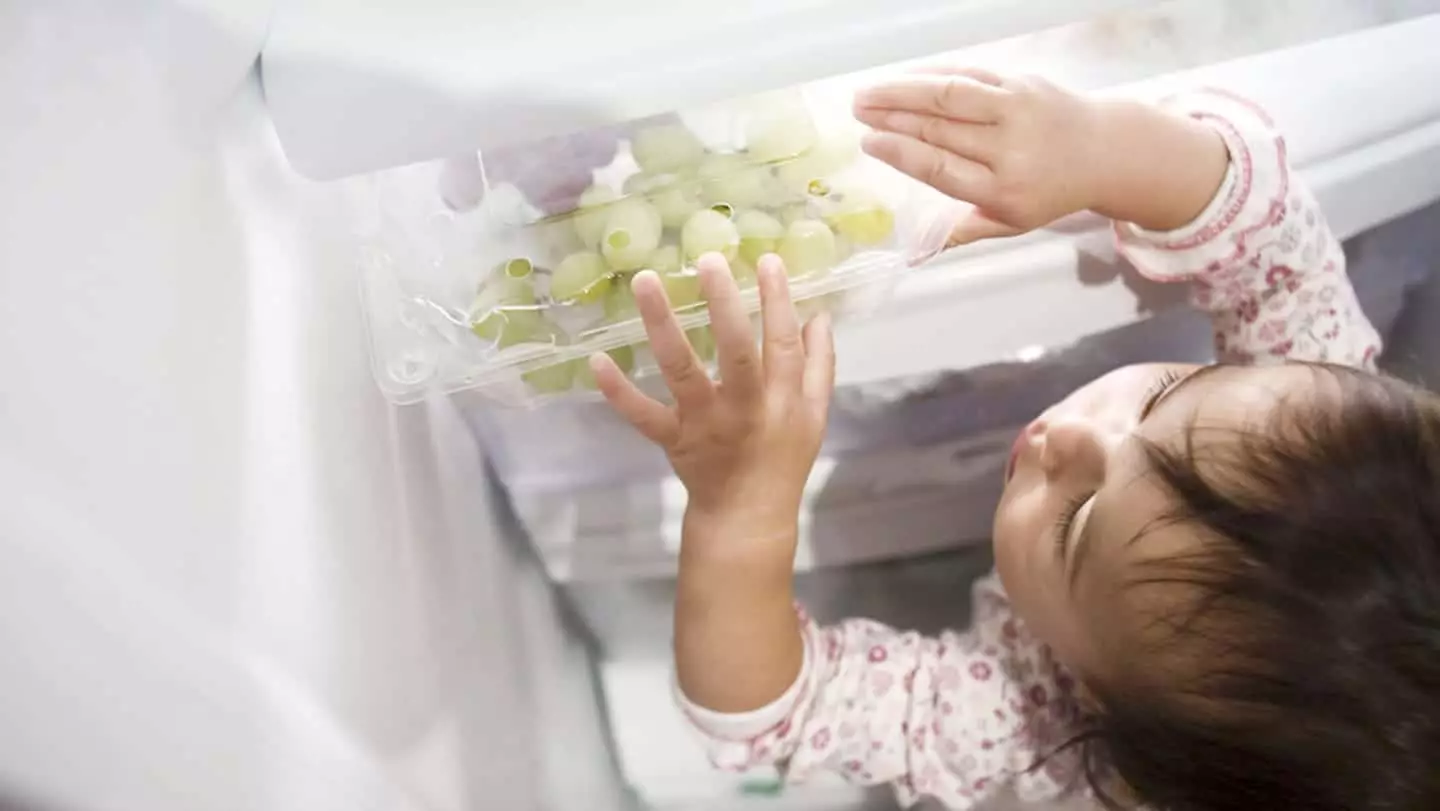Providing a healthy diet for toddlers is a common concern among parents, particularly when it comes to ensuring food safety. There are numerous factors to consider, and it can be daunting to decide what’s acceptable for your little ones. The fear of choking, in particular, can instill anxiety during mealtime, especially for those following methods like baby-led weaning. While it is crucial to support your child’s exploration of food, one must also remain vigilant about potential choking hazards.
Choking occurs when a foreign object obstructs the airway, which can be particularly hazardous for toddlers due to their developing chewing skills and smaller airways. It’s essential to be aware of the common foods that pose choking risks for children under four. Parents must be proactive in mitigating these hazards to create a safer eating environment.
Every child is different, with unique chewing abilities. They might be curious eaters or have a tendency to stuff food into their mouths. Recognizing these habits can help inform how you present food to them. For instance, if your toddler is prone to overeating quickly, serving smaller portions can encourage more mindful eating habits and reduce the risk of choking.
Certain foods are notorious for being choking hazards. Round foods, like whole grapes or cherry tomatoes, can easily block a child’s throat if not cut into smaller, manageable pieces. The CDC recommends slicing these items lengthwise and ensuring they are no larger than half an inch to minimize risk.
Additionally, hard foods such as whole nuts and seeds can pose significant challenges for toddler teeth. Instead of whole nuts, consider nut butters, which can be spread on soft bread or blended into smoothies. This way, toddlers can still enjoy these flavors without the choking risks associated with whole nuts.
Popcorn, while a popular snack, can be dry and difficult to chew effectively. Opting for softer snacks for younger children ensures that parents can worry less about choking incidents. Rice cakes can be an excellent alternative for older kids who crave that crunch without the choking risk.
Similarly, gummy candies or tough foods like taffy should be avoided. These can become lodged in the throat and are often difficult for toddlers to chew thoroughly. By steering clear of such snacks and opting for softer delights, parents can help foster a safer eating atmosphere.
Preparing Foods Safely
It’s not just the type of food that matters, but also how it is prepared. Raw vegetables can be particularly challenging for toddlers. Rather than serving whole carrot sticks or celery, consider offering finely shredded or lightly cooked versions of these vegetables. Also, when introducing fruits like apples, choose softer varieties and slice them thinly to aid in easier chewing.
For proteins, tougher cuts of meat can be problematic. Instead of offering cubes of steak or chicken, which can be hard to chew, try using shredded or ground meat. This modification allows toddlers to enjoy the taste without the risk of choking, promoting a more enjoyable dining experience.
Cheese presents another concern, as certain forms can become hazardous for young eaters. Providing grated or small pieces of cheese minimizes choking risks, making it simpler for kids to enjoy this nutritious snack safely.
Monitoring your child while they eat can significantly reduce choking risks. Encourage your child to eat while seated at the table, as this practice helps cultivate good manners and proper chewing habits. Additionally, introducing new foods in a controlled environment allows parents to ensure their child can handle the food safely before exposing them to more challenging spaces like the car.
If ever a situation arises where a child could be choking, remaining calm and knowing what to do is essential. The ability to recognize the signs of choking, such as coughing, drooling, and difficulty breathing, can save a child’s life. In cases of choking, it is vital to seek immediate medical attention by calling emergency services.
Creating a safe eating environment for toddlers doesn’t have to be overwhelming. Simple precautions, such as preparing food appropriately and remaining engaged during mealtime, can significantly reduce choking risks. By following these guidelines, parents can foster confidence and ease during meal times, allowing their toddlers to explore and enjoy a variety of foods.
While every parent may have their unique concerns about feeding their toddlers, being informed and prepared is the key to safety. With vigilance and considerate food choices, mealtime can transition from a stressful affair to a pleasurable and educational experience for both parents and toddlers alike.

